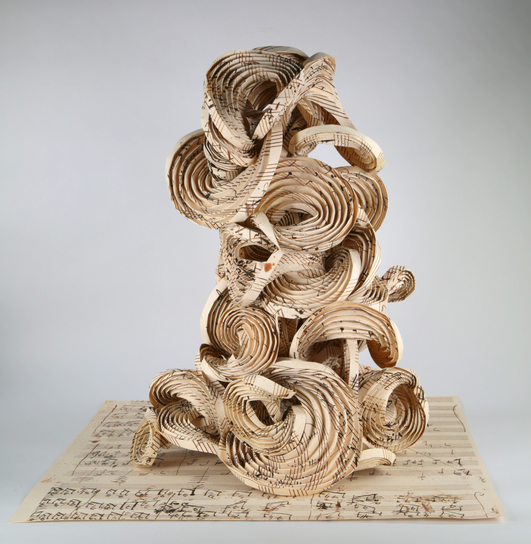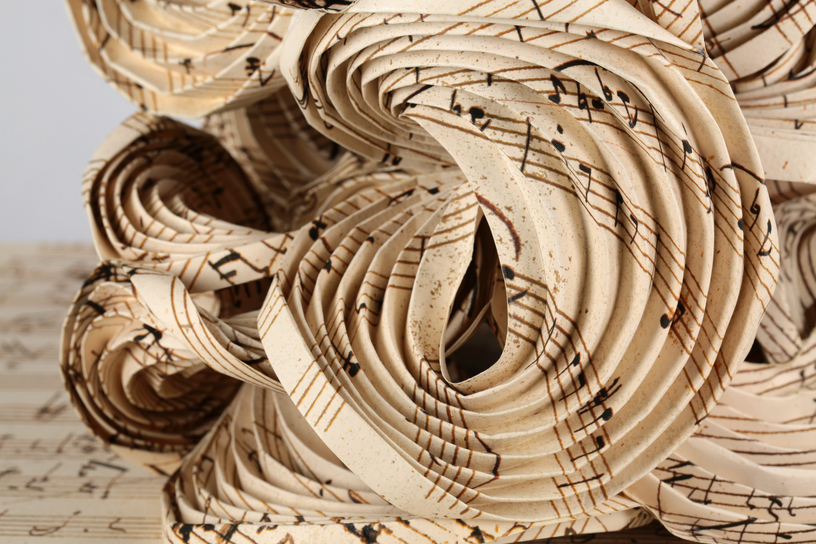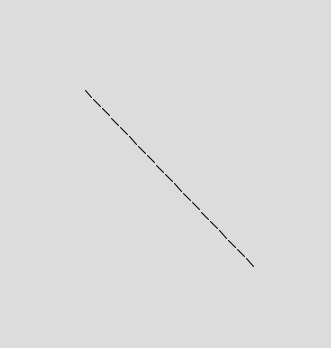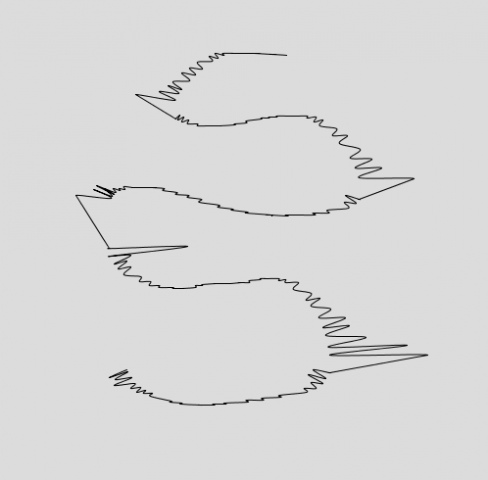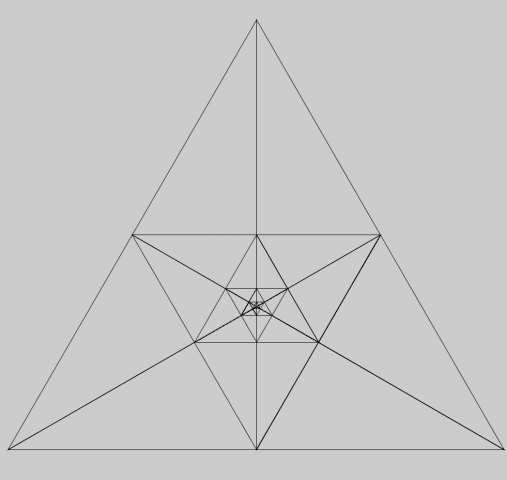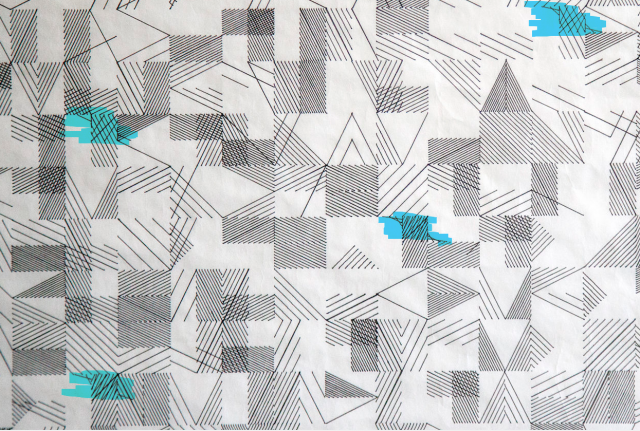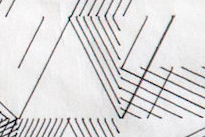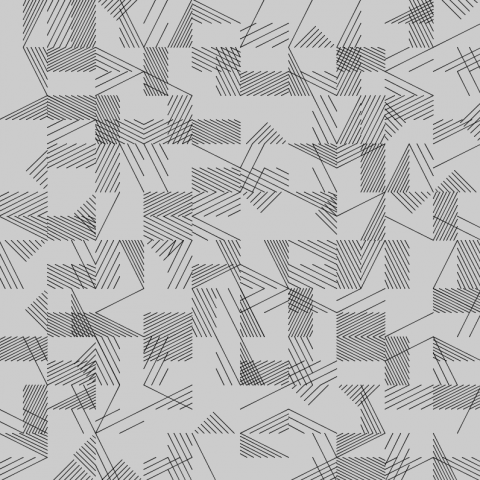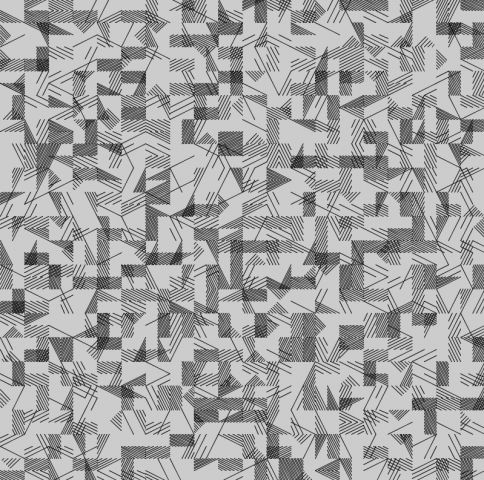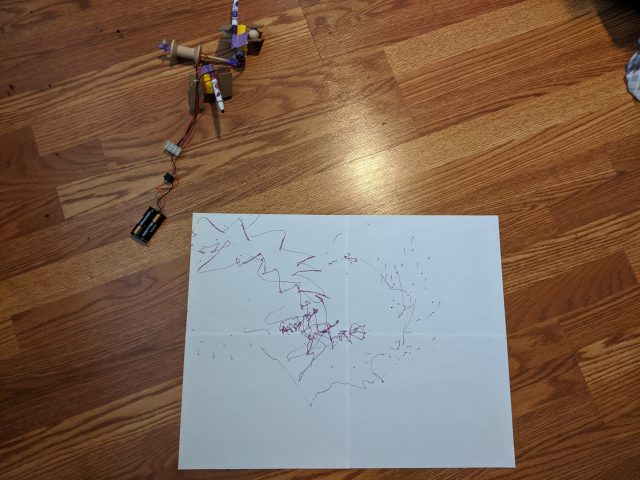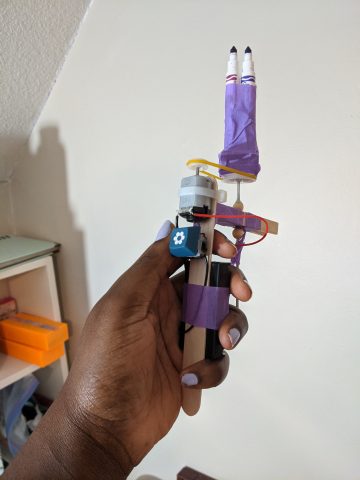I spent the last few weeks devouring Complete Pleats by Paul Jackson. My intention for my final project is computation pleating by using a laser cutter to score paper that is drawn on by an Axidraw plotter. Before knowing how to do that, I need to know how to pleat paper effectively.
I’ve read through approximately 85% of the textbook and created multiple pleating examples that was shown in the book. Even though I have a background in paper arts and bookbinding, the book was rather challenging. Below is a few images of what I’ve created. 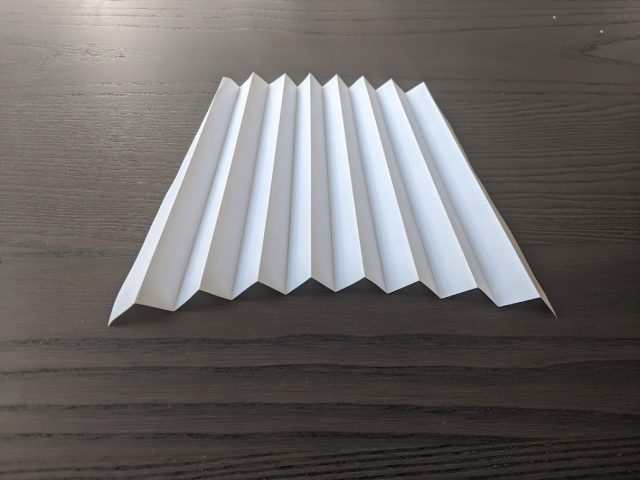
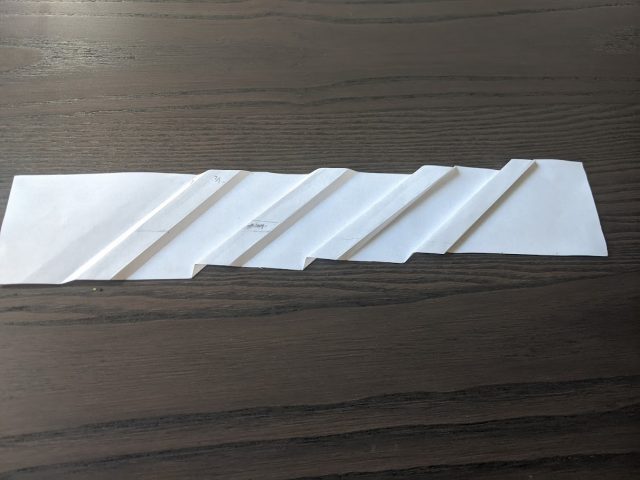
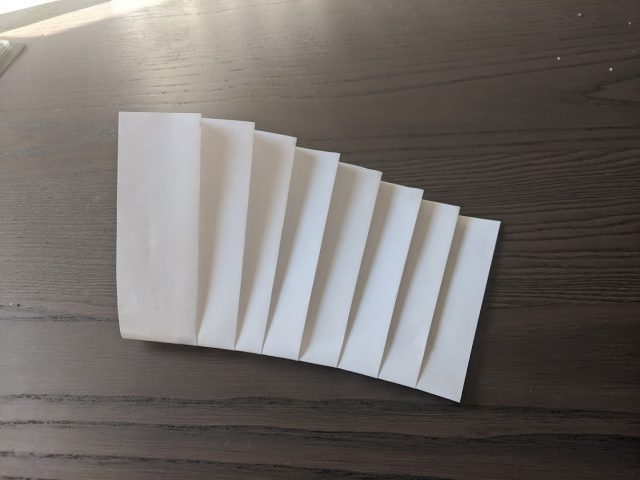
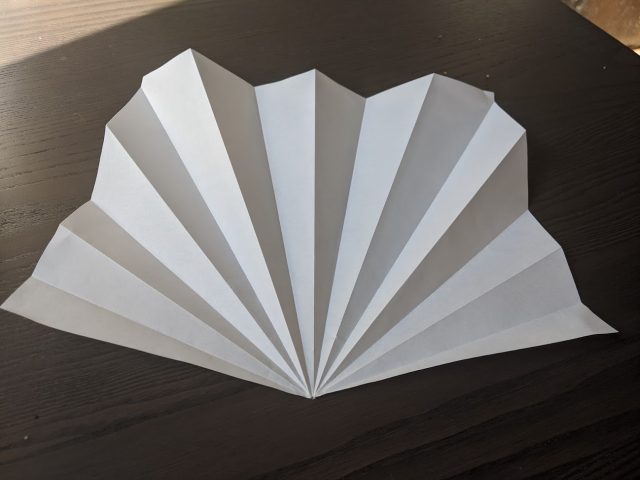
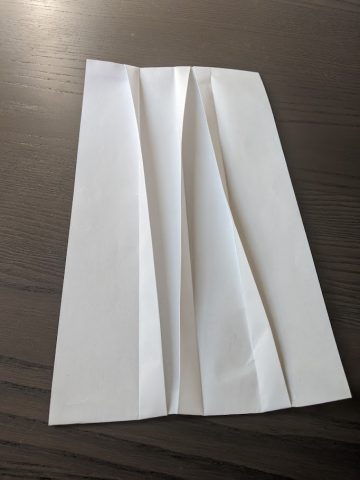
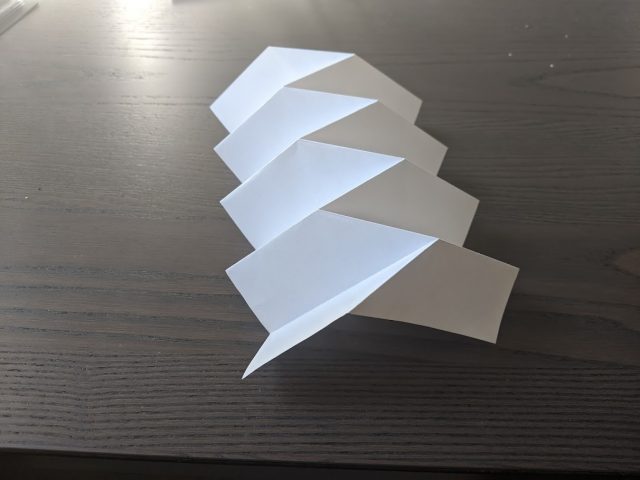
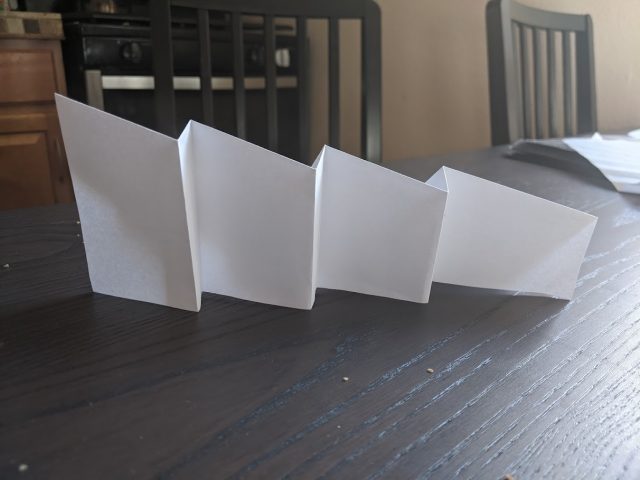
These were all created by hand and there are multiple failures behind it. After that was done, I decided to head to the laser cutter to attempt to pleat some paper. Simply put, it was a mess. 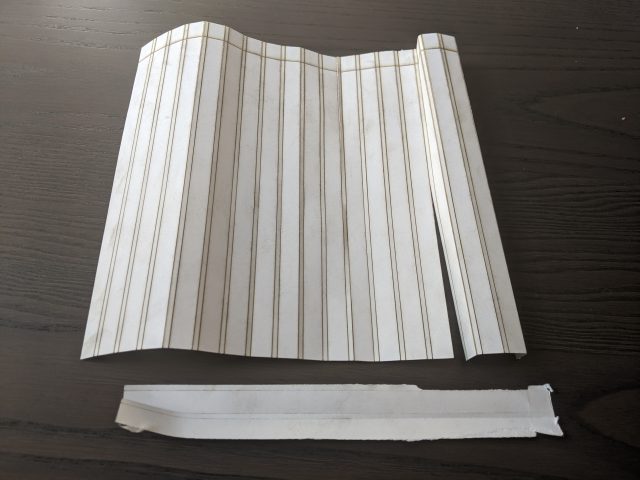
The paper can easily be formed into mountain folds but snaps in half when I tried to fold into valley folds. This may be because I used thicker Bristol 100lb paper. The laser cutter leaves nasty brown marks on the paper and when I attempted to fold it the charred color spread to the rest of the paper. I may just need to work out my kinks with the laser cutter, but considering that I can only access the cutter for 1 hour per day I don’t have a lot of room for rapid prototyping. I also need to research the ingredients of the pens I would use if I cut plotted art on the laser cutter as some chemicals can produce toxic results when a laser is applied. Considering that I’m using a language and libraries that I’m not familiar with, there’s a lot of variables here that I may just cut the laser cutter out of the equation and fold the paper with my hands.
